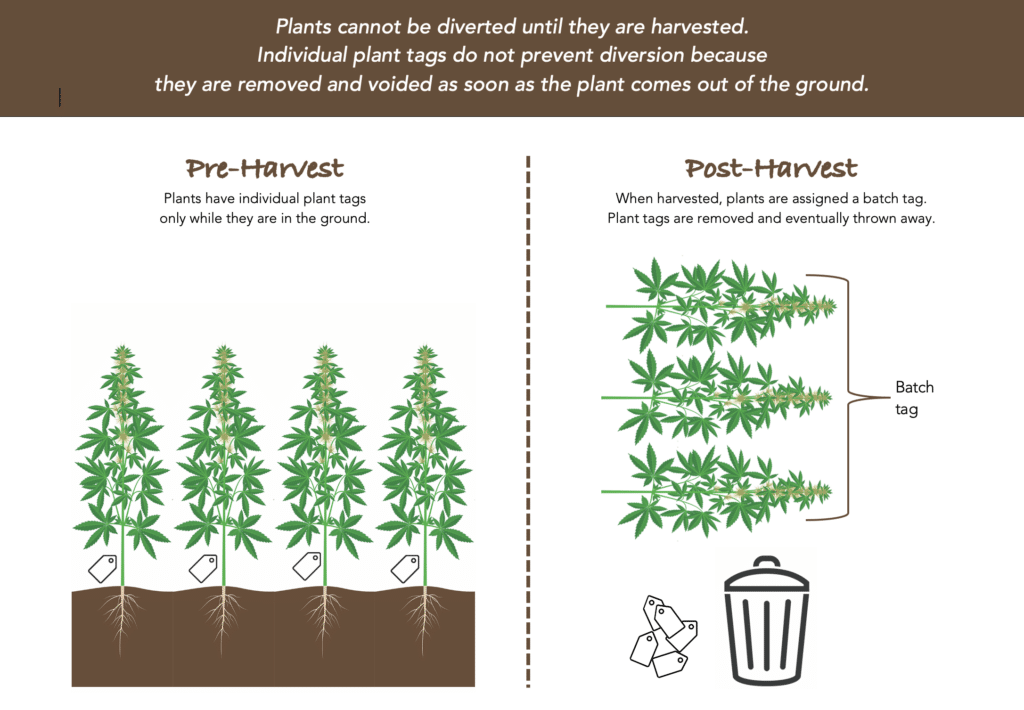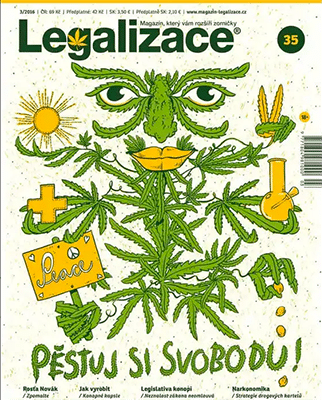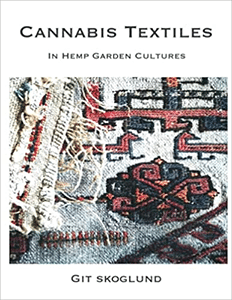Pain, anxiety, and sleep are major drivers of medical cannabis use. But gastrointestinal symptoms, such as nausea and upset stomach, aren’t far behind.1 Even small doses of cannabis can soothe the stomach and stimulate the appetite. In fact, of the four cannabis-derived drugs approved so far by the U.S. Food and Drug Administration, three are prescribed for the treatment of chemotherapy-induced nausea and vomiting.
One gastrointestinal condition long associated with self-medication through cannabis is inflammatory bowel disease (IBD). A flurry of recent research bears this out. In a newly published survey of 162 IBD patients in Puerto Rico, where medical cannabis is legal but recreational use is punishable with prison time, about 25% anonymously reported using cannabis to treat their symptoms. Among these, nearly all said it offered relief.
Findings from another recent survey of New York and Minnesota medical cannabis dispensary patients were similar. And two new reviews aimed at physicians and researchers concur that while further study is needed, the evidence to date leaves little doubt that IBD patients are helped by cannabis.
ECS & the Gut
On a molecular level, this all makes sense. The endocannabinoid system is widely distributed throughout the gastrointestinal system, including not only CB1 and CB2 cannabinoid receptors but also other cannabinoid targets like PPARs, GPR55, and TRPV1. The job of the endocannabinoid system here, as everywhere, is to maintain order and balance, and the endogenous compounds (ligands) that interact with these receptors can be supported in this task by cannabis-derived and synthetic cannabinoids.
(The concentration of cannabinoid receptors in the gut also helps to explain cannabis hyperemesis syndrome, in which an overabundance of exogenous cannabinoids, particularly THC, triggers debilitating nausea, vomiting, and pain that typically resolves when cannabis use stops.)








